What type of battery does an inspection camera use? |
||||
 |
An inspection camera is manufactured to use either a lithium-ion battery or a number of AA batteries. | |||
Lithium-ion battery |
||||
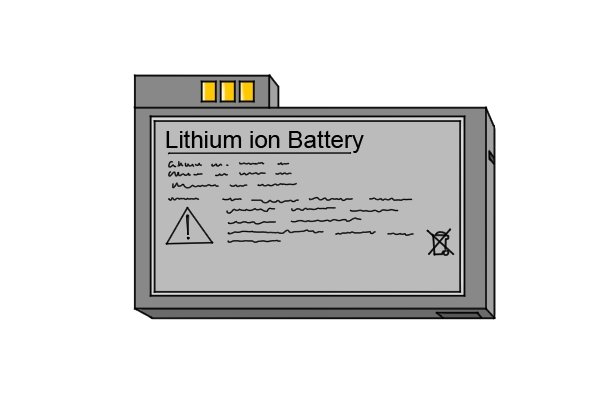 |
Some inspection cameras are powered by a lithium-ion rechargeable battery, which is included as part of the device. The word lithium-ion is often shortened to li-ion on the product specifications and packaging. As the word ‘rechargeable’ states, this type of battery can be recharged once the power life becomes low. | |||
 |
This is ideal when the camera will be used often and for long periods of time. Most models that are designed with a rechargeable battery need to be charged for at least 30 minutes, which will then give enough power for the camera to work for a number of hours. For more information, see How to charge an inspection camera? | |||
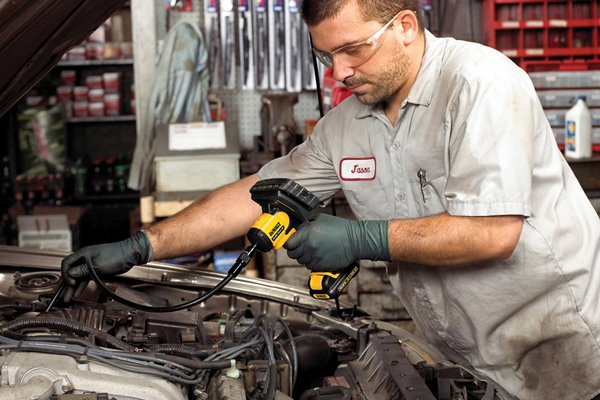 |
Once charged, there is no need for the camera to be near any sort of power point – it can be taken anywhere the user wishes to go. If using a lithium-ion type, the user can also purchase a spare battery which can double the power time of the device, as the user can swap the batteries over when one runs out. | |||
 |
Despite its many positive aspects it is important to note that, as with all types of rechargeable battery, its lifespan will decrease the older the battery gets, meaning eventually it will need to be replaced. | |||
 |
The other major negative side to a rechargeable lithium-ion battery is the cost, as an inspection camera with this type will be more expensive than one using the AA household batteries. | |||
AA battery |
||||
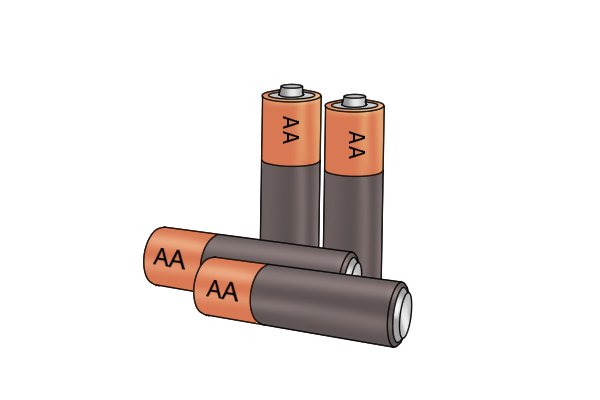 |
Alternatively, an inspection camera can be powered by a number of alkaline batteries. A camera generally requires four AA batteries, and they are usually purchased separately from the camera. AA batteries are available in either primary versions or secondary versions. | |||
 |
||||
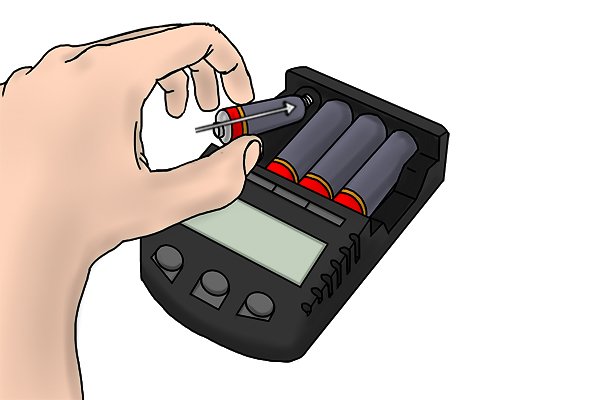 |
Primary ones can only be used once, meaning when the battery power runs out they must be discarded. Secondary ones, on the other hand, can be recharged and used again. A camera using AA batteries will accept either of these versions. However, rechargeable AA batteries may not be widely recommended by inspection camera manufacturers, due to their lower voltage. | |||
 |
The batteries are inserted into the specified slot within the device. For more information, see How to install AA batteries in an inspection camera?
Once in place they power the inspection camera, allowing it to be transported and used anywhere, similar to a lithium-ion battery. |
|||
 |
An inspection camera using AA household batteries is generally much lower in cost than one using a lithium-ion type. However, the overall cost may increase as AA batteries will need replacing more often. | |||
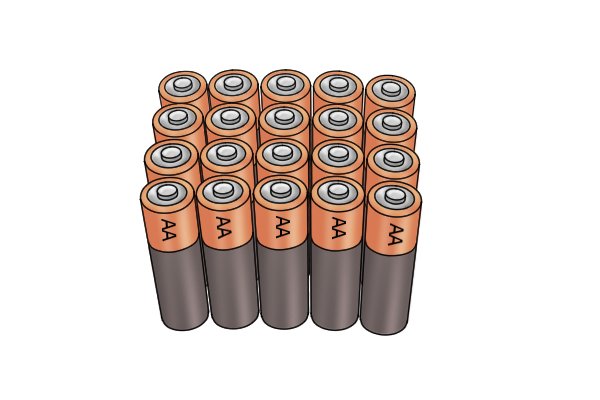 |
This can prove to be a huge disadvantage, especially if you intend to use the camera for long periods of time, as you might need a stock of AA batteries just in case the original ones run out of power. | |||
How to choose between lithium-ion and AA batteries |
||||
 |
The type of battery power you choose should depend on how often you will be using the inspection camera.
For more information on which type of battery would best suit you, see the page Which type of battery should you choose? |
|||






